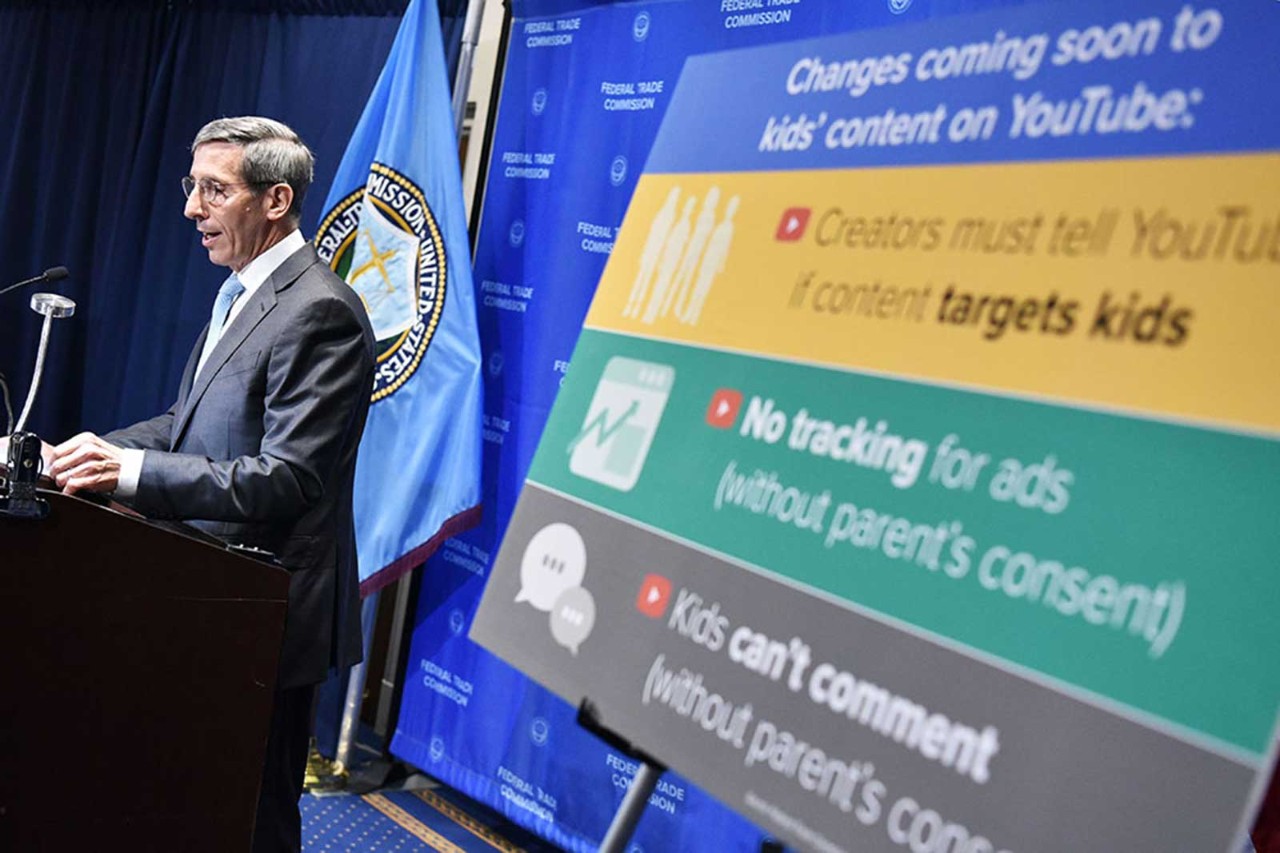
Indirect costs are on the rise. As clients set their budgets for 2022, here are some suggestions for how they could strategise for core and indirect spending.
Energy
The increases in the energy markets in 2021 have been unprecedented, and there is no sign as to when the doom and gloom will subside. I've been advising clients to devise a clear strategy to weather the storm and see what happens between the winter peak and spring.
Businesses should use hedging techniques to buy during the market dips and reduce the net energy unit cost over a period of, say, 24-36 months. Focus on short-term contracts if possible. In my view, the current rates are not sustainable, and there are lots of initiatives and government schemes being considered around carbon-neutral renewables and green energy that could help business reduce consumption in the longer term.
It’s a matter of time before carbon strategy has an impact on clients’ cost bases
Logistics
Container shipping prices took a slight dip in December 2021; the lowest we have seen is US$12,000 for a 40ft-high cube container from China. Brokers say that US$14,000 per container will be the norm again soon as the Chinese New Year comes closer and supply outstrips demand again.
These prices are unlikely to soften for years to come, and many clients are looking to change or relocate their entire supply chain model as a result. Tariff rate cards for a month/quarter are still very rare and often unfulfilled.
The HGV driver shortage has been causing widely publicised concerns, but equally some carriers/networks are recovering – even flourishing. We are also seeing some incredible innovation and investment in this sector around vehicles fuelled by compressed natural gas.
Many clients are trying to bring facilities services in-house to increase quality and reduce cost
Courier and parcels is a category that is littered with opportunities for making cost savings and should be a focus for clients. The carriers ‘filled their boots’ with the e-commerce business-to-consumer boom during the pandemic, and some are really pushing their luck now.
Businesses should ensure that they fend off any driver levies that the carriers are forcing on them. They should also fend off 2022 price increases if they can and go for a cap on fuel increases.
Deploying a market tender can work in reducing these costs. Our recent tenders are seeing major deviations in results; some carriers can be 20% dearer and some can be 20% lower.
A couple of driving forces are the capacity at the central hub for additional volume, and the underlying cost base of the courier itself, as many are using franchised drivers, which means another cost layer cutting into the margin.
In terms of external warehousing and fulfilment solutions, we are continuing to see a major shift to third-party logistics in the retail sector to reduce the fixed-cost burden on the P&L – particularly for retailers that are private-equity-backed and EBITDA-hungry.
Facilities
Facilities and maintenance is an area where opportunities exist for cost cutting. It is a low-margin industry, of course, but scheduling has generally dropped due to site closures and peaks and troughs in activity levels (many impacted by the HGV driver shortage for areas such as waste and hygiene collections).
This, plus the lack of cleaning operatives, means that many clients are trying to bring facilities services in-house where possible to increase quality and reduce cost. Businesses should ensure frequency, contracts and lift levels are adjusting down accordingly and that they are only paying for what they are using.
Other areas
Carbon strategy is something that is becoming very important; many big contracts and tenders are demanding a strategy on this front, too. So it’s a matter of time before it has an impact on our clients’ cost bases.
It’s also worth looking at merchant card costs, as this is quite a buoyant market, and even a very small improvement in rates and payment days might help the bottom line and cashflow position. The tender can be a bit onerous but the results are often ‘money for nothing’ in terms of risk and reward.
There are lots of opportunities to make savings in the area of IT and communications, as it is a highly competitive marketplace. However, it’s worth building some flexibility into these contracts and avoiding long-term commitments, as the retail landscape is ever-changing, and costs in this category are generally falling year on year.
In terms of commodity-based costs – plastics, paper, cardboard, anything around packaging and consumables – increases look set to continue. It’s worth seeking a price fix or guarantee protection insurance percentage cap on increases; or simply take this as an opportunity to reduce the specification of products and perhaps even become a paperless office.
Practice Connect
Through ACCA's new hub, a community of like-minded small and medium-sized accountancy practices come together to share with, learn from and inspire each other. Find all the resources, insights and innovative tools you need to help your practice stay ahead and relevant in a fast-changing business landscape



